|
Mời quý dộc zã thăm viếng
quốc za Vatican.. nhõ nhất Âu Châu ..
Magnificent Tour of
the Vatican!
Vatican
City officially the State of the Vatican City is a landlocked sovereign
city-state whose territory consists of a walled enclave within the city of
Rome. At approximately 44 hectares (110 acres), and with a population of around 800, it is the smallest independent state in the world by both population and area. 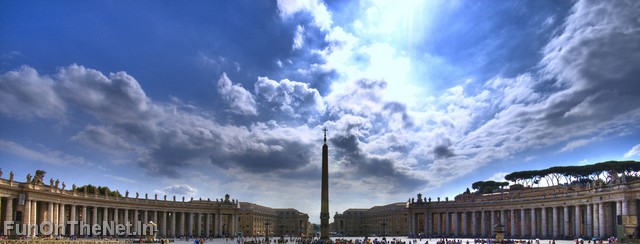 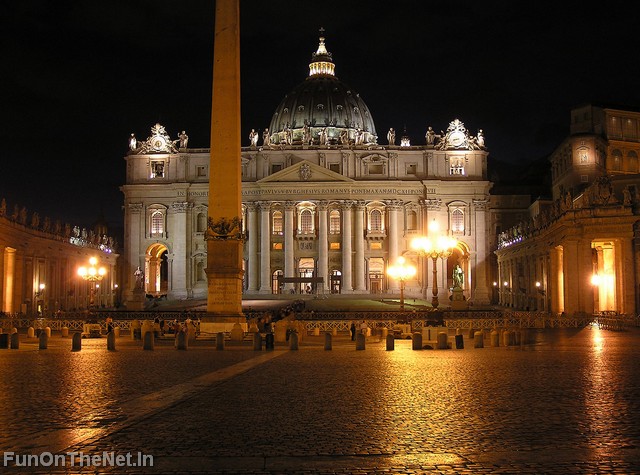  Ordinances of Vatican City are published in Italian. Official documents of the Holy See are issued mainly in Latin. The two entities even have distinct passports: the Holy See, not being a country, only issues diplomatic and service passports; the state of Vatican City issues normal passports. In both cases the number of passports issued is extremely limited. 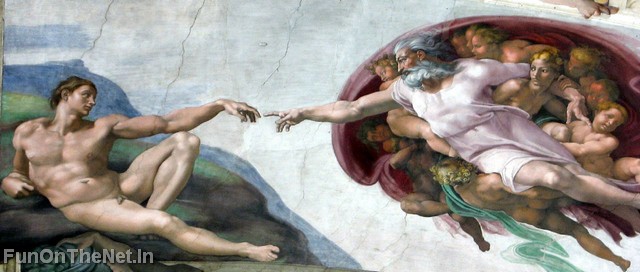 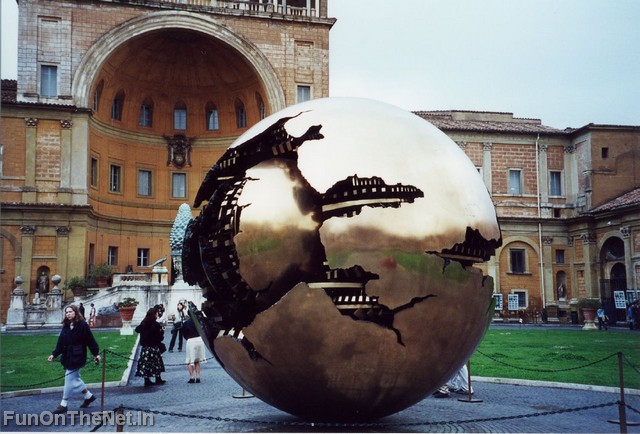 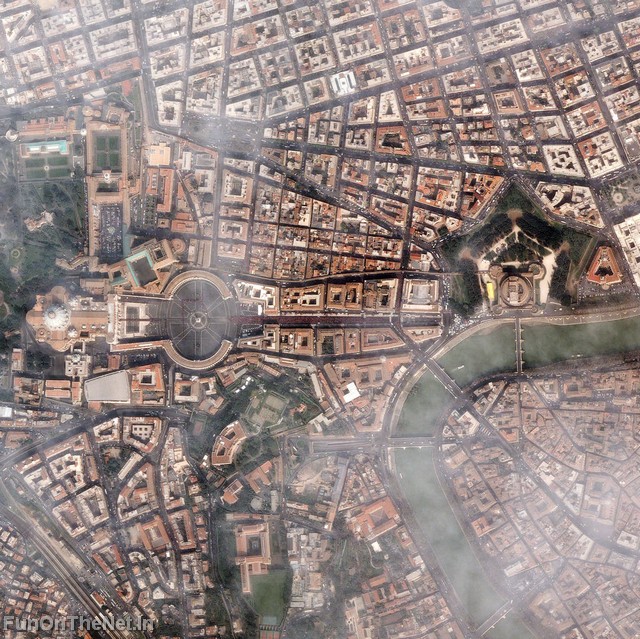 Most of this territory was absorbed into the Kingdom of Italy in 1860, and the final portion, namely the city of Rome with a small area close to it, ten years later, in 1870. 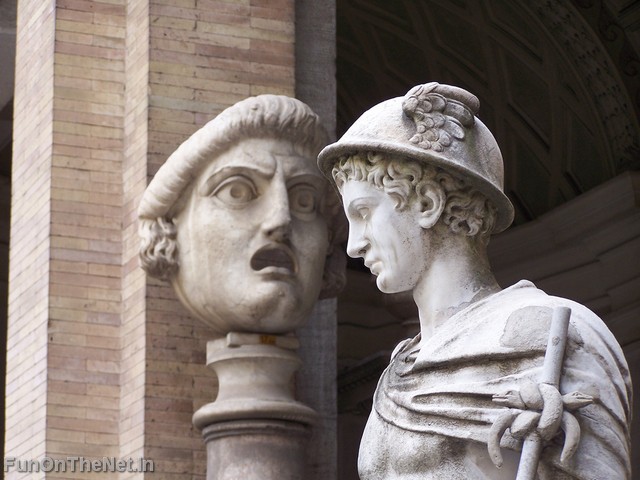 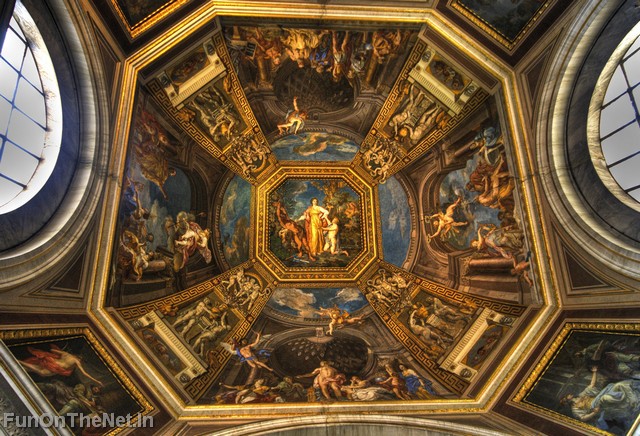 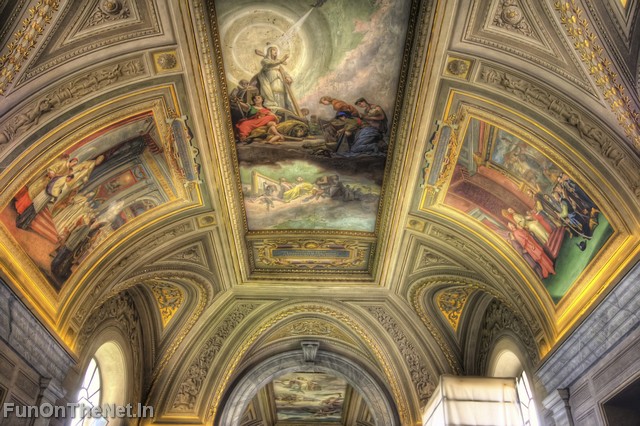 Vatican City is a non-hereditary, elected monarchy that is ruled by the Bishop of Rome: the Pope. The highest state functionaries are all clergymen of the Catholic Church. It is the sovereign territory of the Holy See (Sancta Sedes) and the location of the Pope's residence, referred to as the Apostolic Palace. 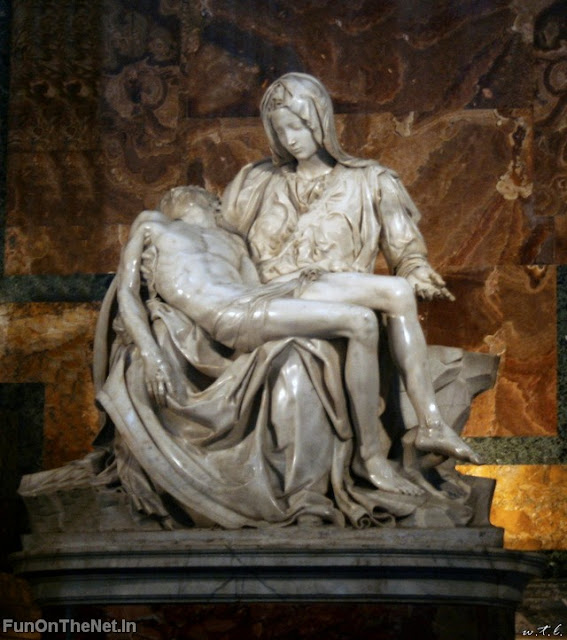 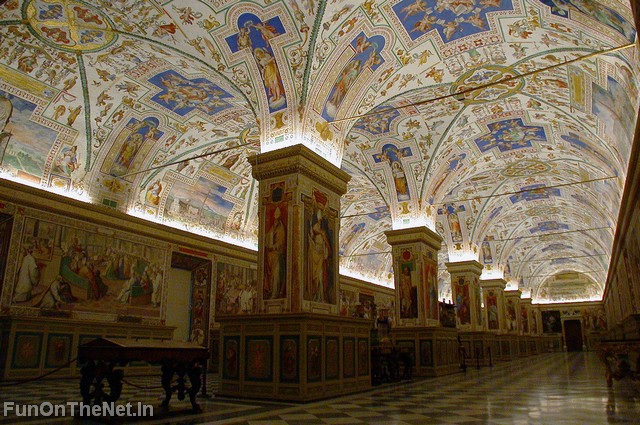 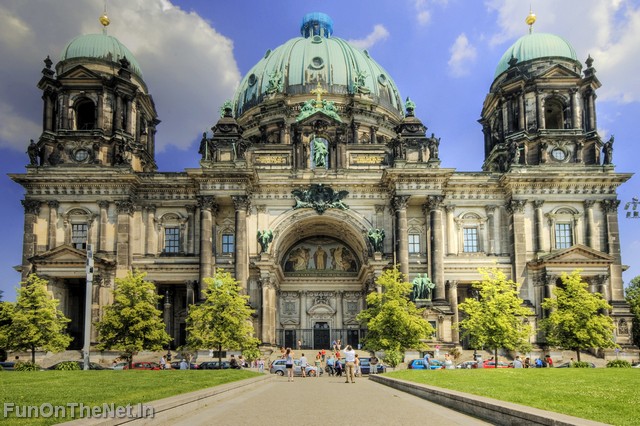 Previously, they resided in the Lateran Palace on the Caelian Hill on the opposite side of Rome, which was out of repair in 1377. The signing of the agreements that established the new state took place in the latter building, giving rise to the name of Lateran Pacts, by which they are known. 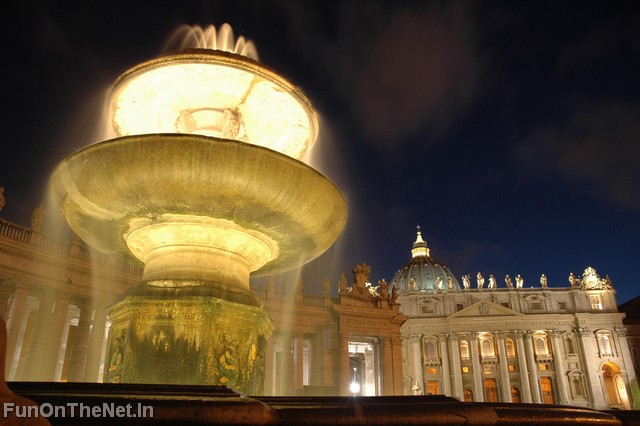 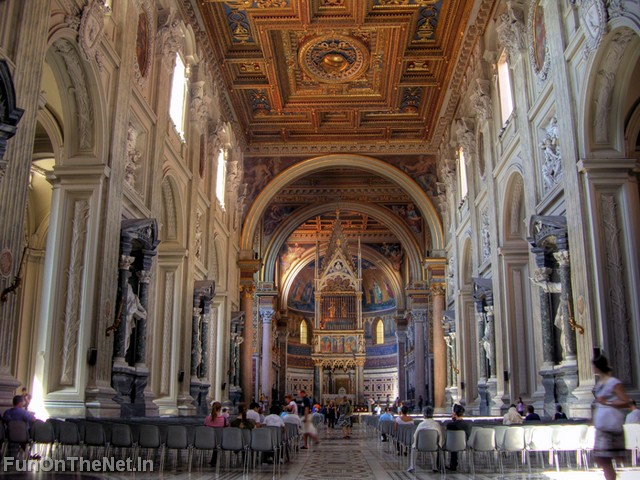 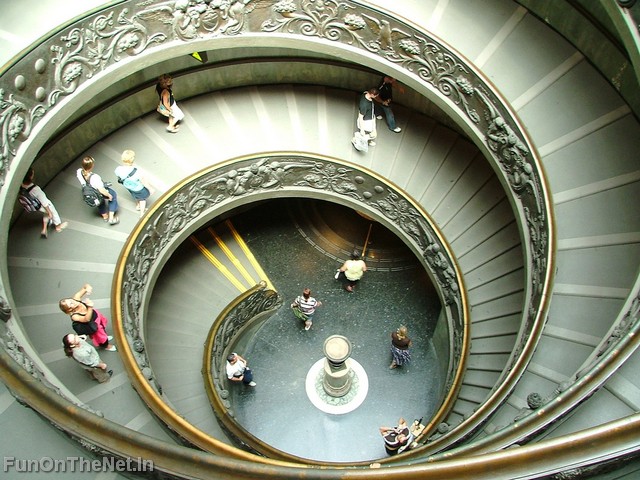 Buildings such as St. Peter's Basilica and the Sistine Chapel are home to some of the most famous art in the world, which includes works by artists such as Botticelli, Bernini, Raphael and Michelangelo. The Vatican Library and the collections of the Vatican Museums are of the highest historical, scientific and cultural importance. 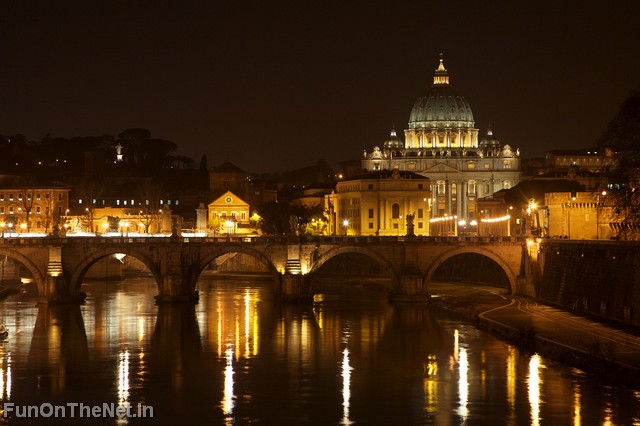 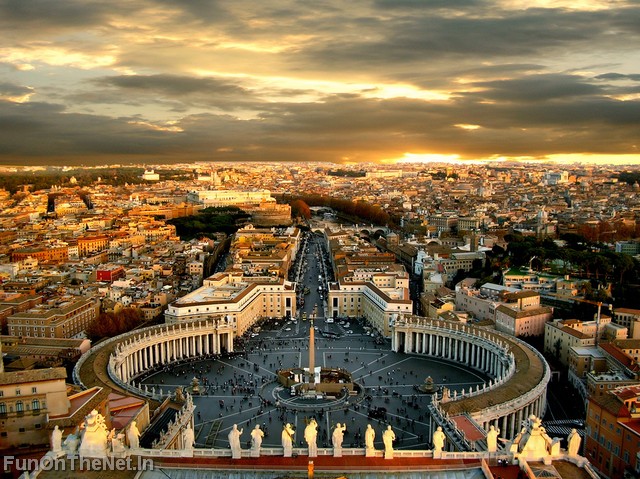 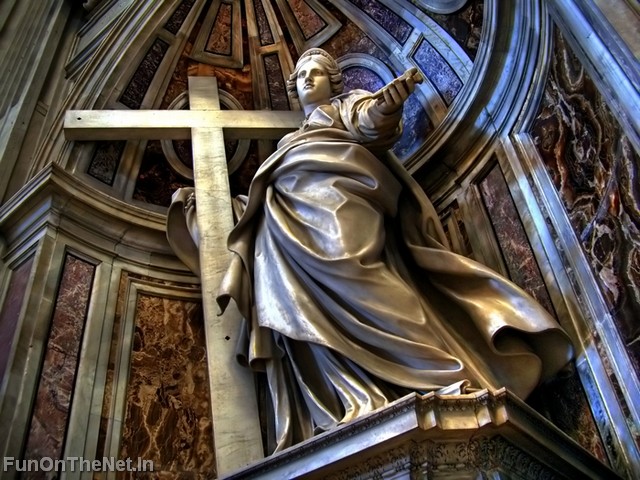 Furthermore, it is the only site to date registered with the UNESCO as a centre containing monuments in the "International Register of Cultural Property under Special Protection" according to the 1954 Hague Convention for the Protection of Cultural Property in the Event of Armed Conflict. 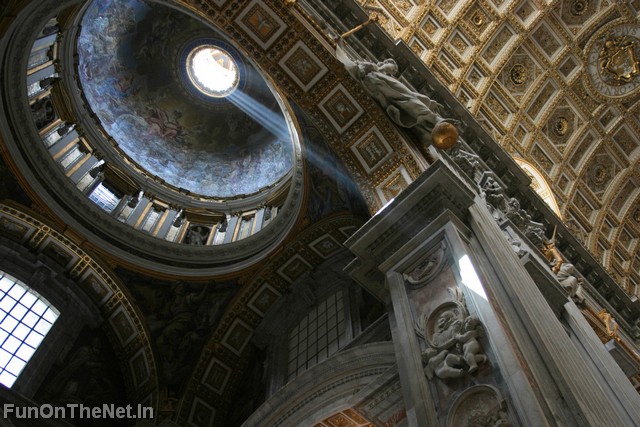 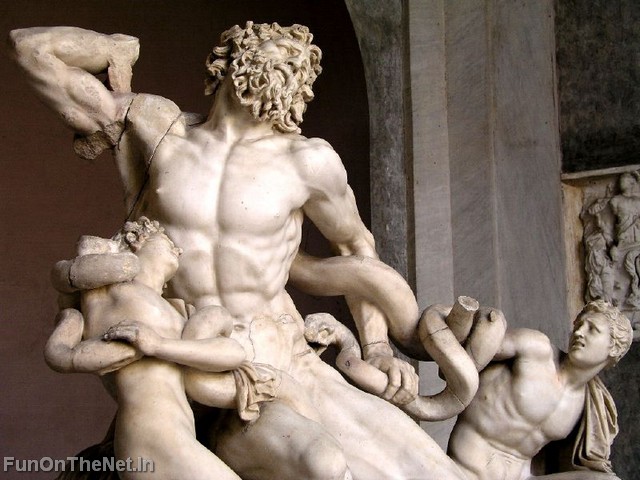  |
No comments:
Post a Comment
Thanks your Comment